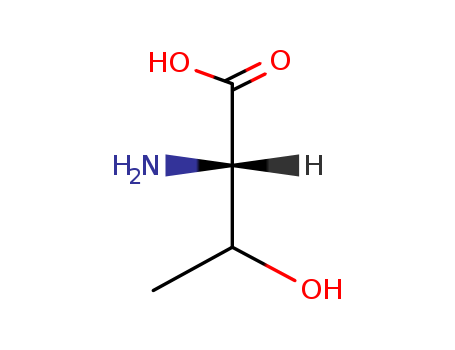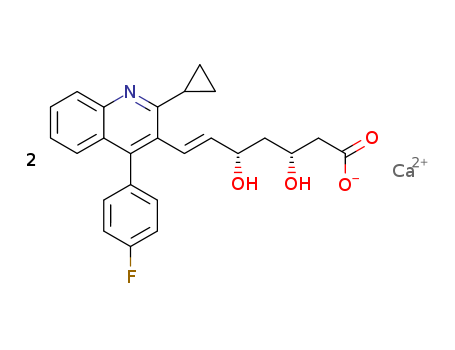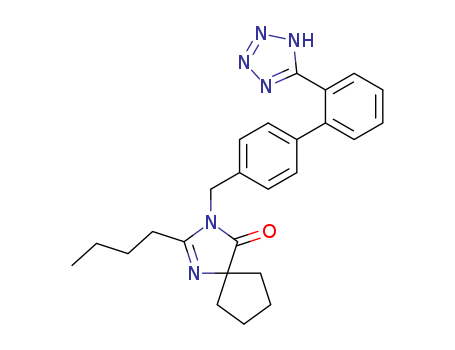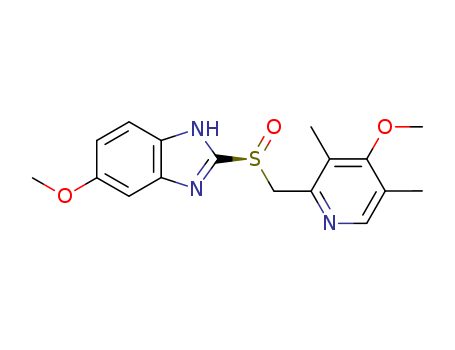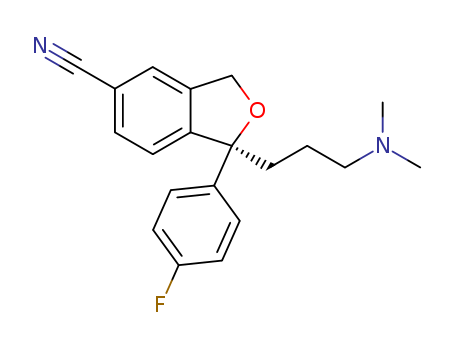- Product Details
Keywords
Quick Details
- ProName: L-Threonine
- CasNo: 72-19-5
- Molecular Formula: C4H9NO3
- Appearance: White or light-brownCrystal or powder
- Application: --Keep the balance of amino acids in t...
- DeliveryTime: in one or two weeks after contract
- PackAge: Inside: vacauumed aseptic PE bags, 25k...
- Port: any port of china
- ProductionCapacity: 50 Metric Ton/Month
- Purity: 99%
- Storage: .Be set to cool.dry and ventilated pla...
- Transportation: as your requirment
- LimitNum: 25 Kilogram
Superiority
Specification ProductName …
Details
| Product Name | L-Threonine |
| Other name | Amino Acid |
| EINECS No. | 200-774-1 |
| CAS No. | 72-19-5 |
| Standard | FCC/USP/BP/EP |
| Packing | Inside: vacauumed aseptic PE bags, 25kg per bag. Outside: Kraft paper bag Packages size can also be offered according to customer requirement |
| Appearance | White or light-brownCrystal or powder |
| MF | C4H9NO3 |
| Content | 99%, |
| M.W | 119.12 |
| Loss on drying | 1.0% max |
| Residues on ignition | 0.5% Max |
| Heavy metals | 20PPM Max |
| Arsenic | 2PPM Max |
| PH | 5.0-6.5 |
| Stability and storage | 1.Be set to cool.dry and ventilated place .away from Fire source. 2. Sealed, Prevent from rain. sunlight and strong acids or alkali. 3.Lightly transport and protect from package damage |
| Uses | L-Threonine is an essential amino acid that is added to the diet of pigs and poultry in order to exactly match the balanced amino acid requirement of the animals. In practice, L-Threonine is the second limiting amino acid for pigs and the third for poultry. As amino acid for forge, threonine is widely added in the forage for newborn pig, covering pig, poultry, shrimp, eel and so. It can: --Keep the balance of amino acids in the forage and stimulate the growth of the animals; --Improve the meat quality; --Increase the nutritive value of forage raw materials which have low amino acid digestibility; --Apply to the production low-protein forage; --Cut down the cost of raw materials for forage; --Decrease the nitrogen content in the excrement and urine of animals so that the release of ammonia is slowed and the ammonia concentration is kept low in animal shed. |


